
FileVirginia Creeper plant.jpg Wikimedia Commons
Parthenocissus quinquefolia, known as Virginia creeper, Victoria creeper, five-leaved ivy, or five-finger, is a species of flowering vine in the grape family, Vitaceae. It is native to eastern and central North America, from southeastern Canada and the eastern United States west to Manitoba and Utah, and south to eastern Mexico and Guatemala.
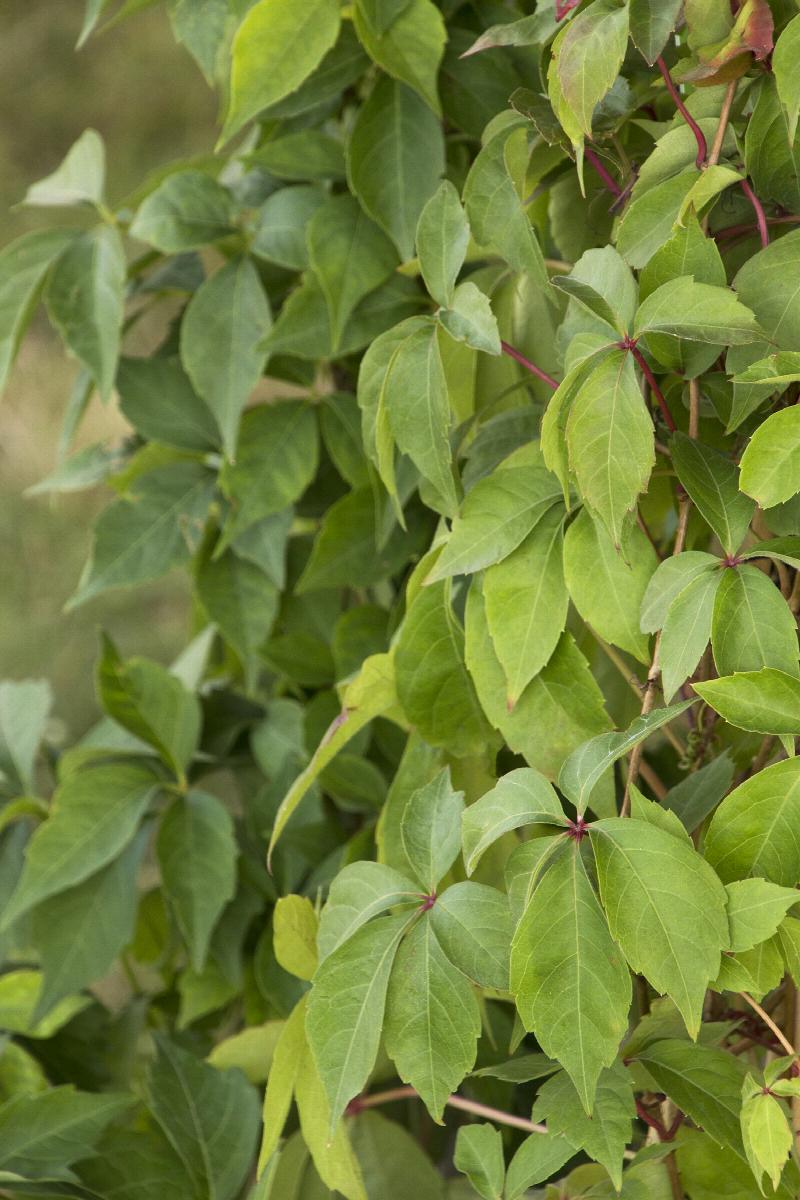
Virginia Creeper, Parthenocissus quinquefolia, Monrovia Plant
Getty. Virginia creeper is suitable for large gardens only. Grow it against a wall of a house, where it has room to spread without becoming a problem. Less rampant varieties such as Chinese Virginia creeper, Parthenocissus henryana, can be grown against a garden wall or fence. When to plant Virginia creeper

Virginia Creeper Plant & Nature Photos Shutter Fodder
Virginia creeper, Parthenocissus quinquefolia, is a fast-growing native vine in the Vitaceae or grape family. Also known as woodbine and five-fingered ivy, this species is common in the eastern United States and Mexico. The leaves change to a variety of colors in the fall, and wild birds are attracted to the berries.

Container Grown Virginia Creeper Can You Grow Virginia Creeper In A Pot
Take semi-ripe cuttings in the summer or hardwood cuttings in the fall while the plant is dormant. Whichever way you choose, Virginia creeper roots quickly in moist soil. Fill a container with moist potting mix, dip the cut end of your cutting into rooting hormone, and bury it about 3" deep in the soil. Planting.

Virginia Creeper Database Plants
Virginia creeper is a native, woody, deciduous vine that climbs to a height of 60 feet on trees, poles or other structures, or forms a blanket of foliage up to 12 inches high along the ground. Stems are orange brown, finely hairy with branched tendrils that end in adhesive discs. The leaves are alternate and compound with 5, or rarely 3.
:max_bytes(150000):strip_icc()/taxonomy-of-virginia-creeper-2132897-6-c48f3ba6c0b548cbb059a2cdb4328d3c.jpg)
Virginia Creeper Plant Care and Growing Guide (2023)
Virginia creeper, ( Parthenocissus quinquefolia ), woody vine in the grape family ( Vitaceae ). It is commonly found in eastern North America and is often grown as a covering vine for walls, fences, and trunks of large trees. Several cultivated varieties, with smaller leaves and shorter tendrils, have been developed to provide denser coverage.
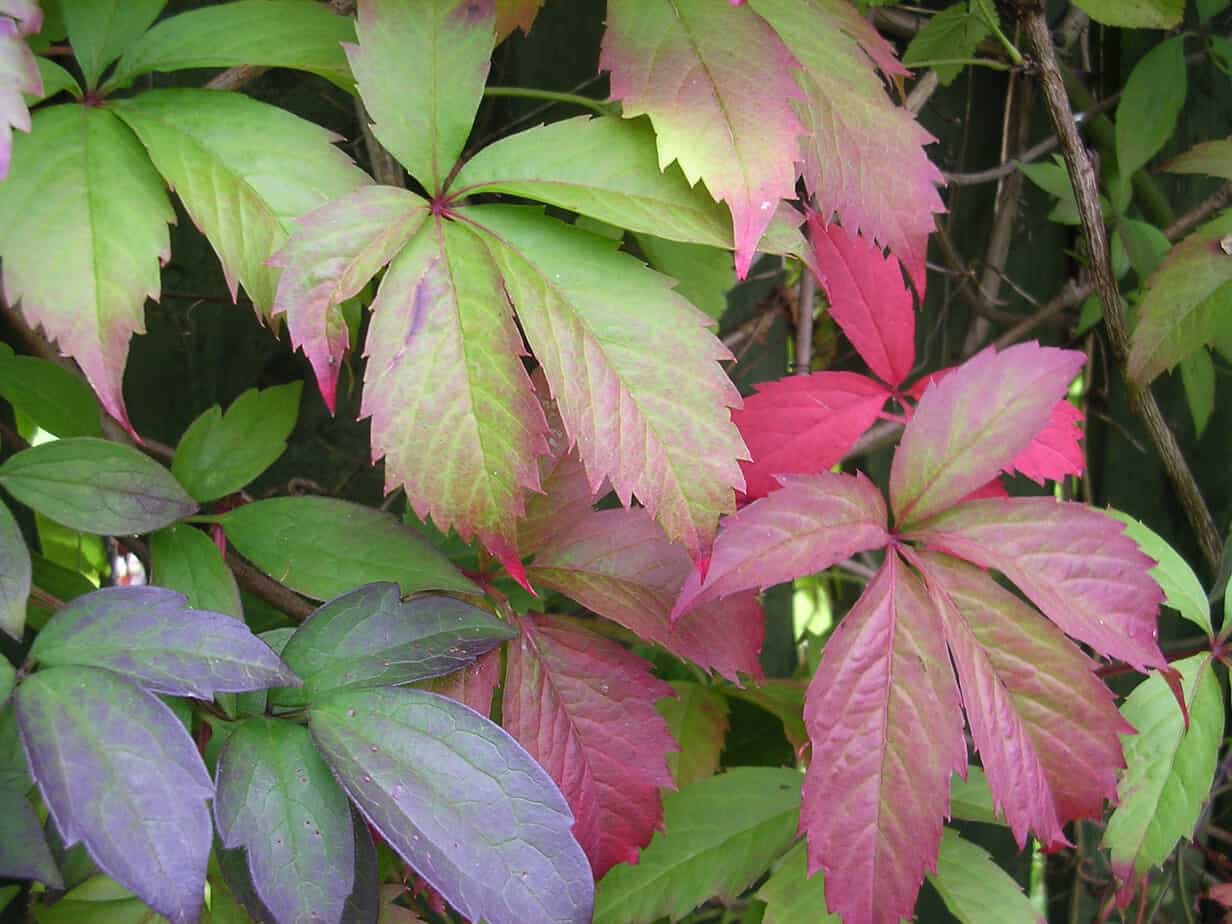
Growing Virginia Creeper Vine Gardening Channel
Virginia creeper (Parthenocissus quinquefolia) is a woody, deciduous vine, meaning it loses all of its leaves in the fall and regrows them come spring. It's native to the eastern half of the United States and can be grown as both a climbing vine and ground cover in flatter areas to prevent soil erosion.

Virginia Creeper Ginseng plant, Roots, Plant leaves
Virginia Creeper Care Though Virginia creeper offers beautiful foliage, it is not a good plant choice if you seek low-maintenance landscaping. The sticky, disk-like appendages on its tendrils adhere to wall siding, making it difficult to remove. Don't grow it on walls unless you wish it to be permanent.
.jpg)
FileVirginia Creeper (3941544344).jpg Wikimedia Commons
Virginia creeper belongs to the plant family Vitaceae which includes generally major flowering vine species of the plant. The family Vitaceae includes up to 14 different genera which encircle more than 900 known species in it. Other common names for Virginia creeper are five-leaved ivy and Victoria creeper. The scientific name for the Virginia.
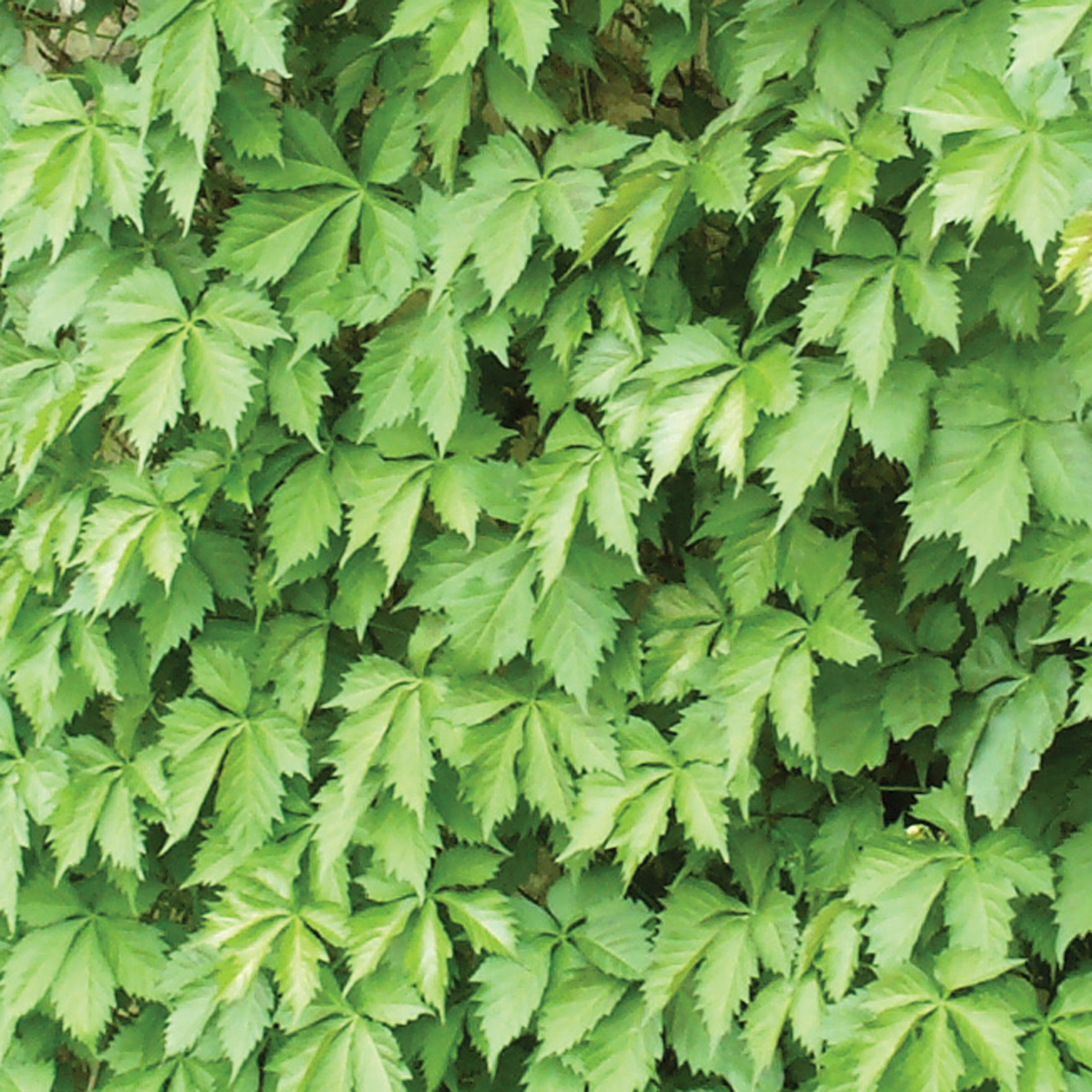
Virginia Creeper AustinTexas.gov
Virginia Creeper is a hardy, climbing vine that puts on a lovely, leafy display. The foliage of the Parthenocissus quinquefolia grows in clusters known as palmates, with each grouping featuring five leaflets. The foliage is elliptical and comes to a long, narrow point with serrated edges.
:max_bytes(150000):strip_icc()/thespruce.com-taxonomy-of-virginia-creeper-2132897-2-2ed185b3f15e4117a5619d6443657b62.jpg)
How to Grow and Care for Virginia Creeper
Virginia creeper is a deciduous vine that will climb up buildings just as easily as trees, attaching itself with aerial tendrils and adhesive pads. It does not damage mortar but its vigorous growth habit has earned it the dubious moniker of "invasive" in much of the world. Type Deciduous vine Lifespan Perennial USDA Zones 3-9 Light Part shade
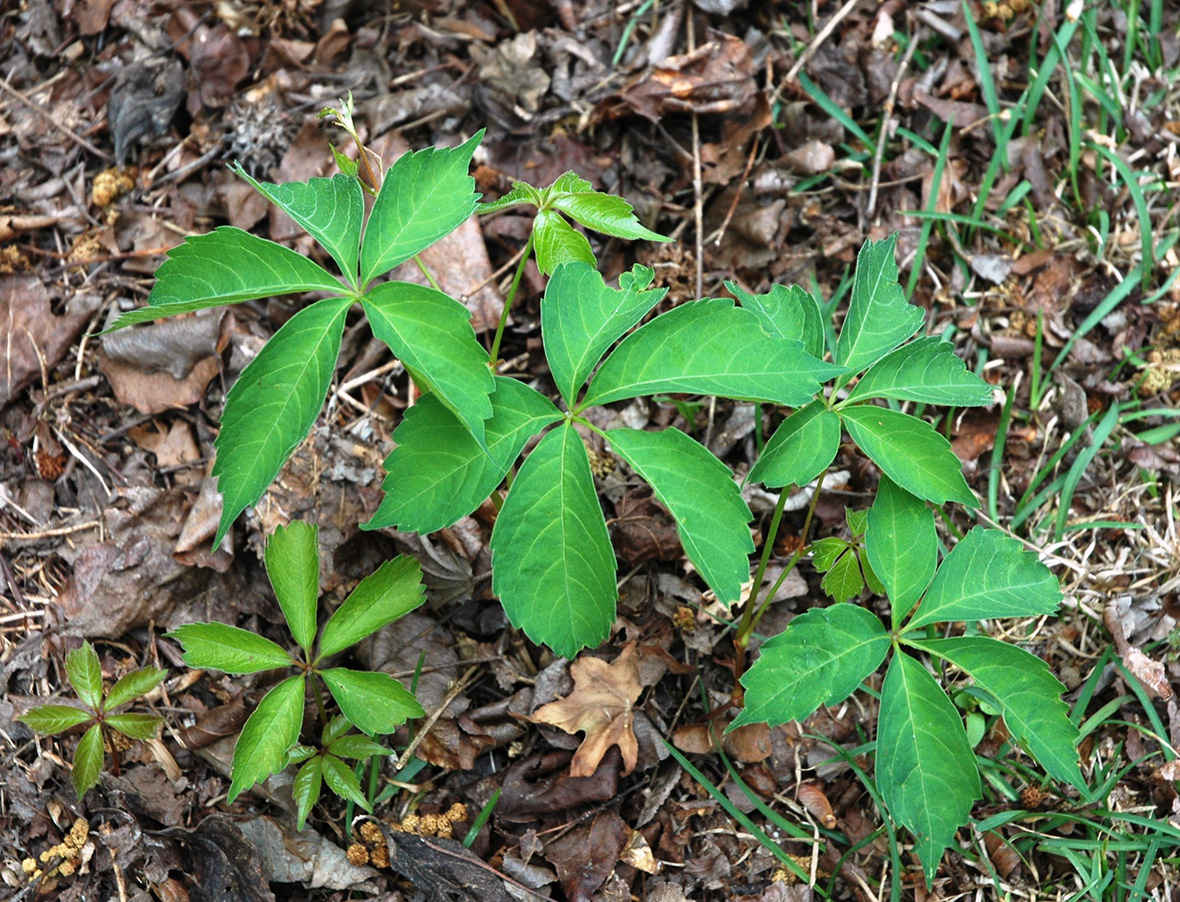
Virginia Creeper WeedAlert
Virginia-creeper is a common vine of woodland edges and roadsides as well as floodplains and open forests. Its distinctive, five-fingered ( compound ), glossy-green leaves give this vine away. It climbs vigorously via tendrils. Songbirds and squirrels eat the fruits. It can be used to reclaim erosion-prone areas, and is cultivated for its.

Virginia creeper Identify that Plant
Virginia creeper can grow in a vast set of environments from woodlands to lakesides. It's really one of the most versatile perennial vine plants in existence. Easy to grow, super hardy, and cheap to care for. Just keep it tidy, and clean, and give it some water. That's about all the care you need for established VCs.
:max_bytes(150000):strip_icc()/GettyImages-1219201569-aa5d8323c3b04d908b0950f3d9f8bb66.jpg)
Virginia Creeper Plant Care and Growing Guide (2022)
Description Virginia creeper is a perennial, woody, deciduous vine in the grape family (Vitaceae). It is native to eastern North America and south to Mexico. The genus name Parthenocissus is derived from the Greek word parthenos which means virgin and kissos which means ivy.
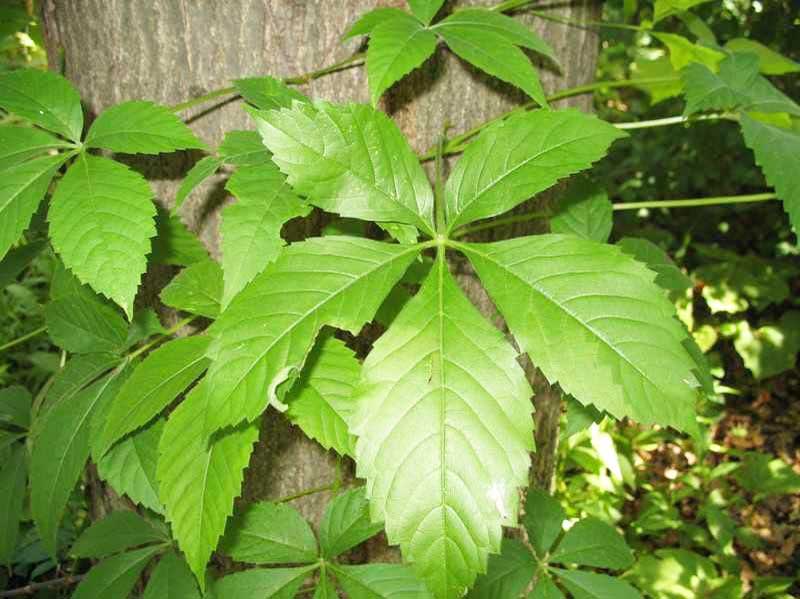
Virginia Creeper (Parthenocissus quinquefolia) Learning Stations at Ariel Foundation Park
About the Virginia Creeper. The Virginia creeper — Parthenocissus quinquefolia — is a fast-growing and aggressive flowering vine that will grow voraciously (and get out of control very quickly). Be very sure you actually want a Virginia creeper in your garden before introducing it, because once you have it, this plant's all-but-guaranteed to become a long-hauler.
:max_bytes(150000):strip_icc()/taxonomy-of-virginia-creeper-2132897-7-f2e050c4c9b547a99f0b7332b676484a.jpg)
Virginia Creeper Plant Care and Growing Guide
Red Wall Virginia creeper (Parthenocissus quinquefolia 'Troki') is a perennial vine that stages stunning fall color. During the growing season, leaves are green, but when autumn arrives, hues shift to blazing shades of red. Virginia creeper's native habitat stretches from southern Canada to Guatemala, including the Eastern and Central United.